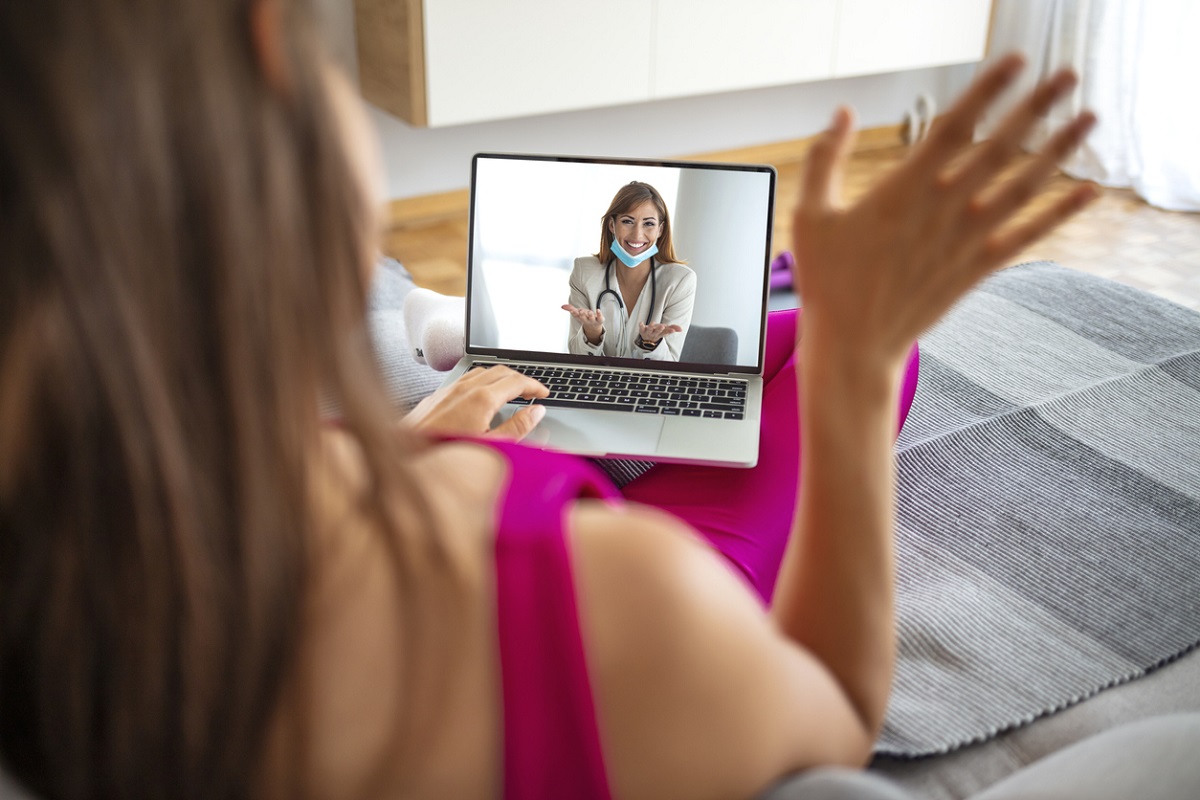Social distancing and frequent hand sanitization have become the standard practices due to the sudden outbreak of COVID-19. The continuous surge in the number of coronavirus cases has discouraged the visits of regular patients to the hospitals in order to prevent the spread of infection.
However, there are patients that still require close monitoring by a doctor for their routine check-ups. This impacts the process of preventing the contagion which has further resulted in the widespread adoption of advanced technology to encourage contactless monitoring.
Advertisement
Healthcare organizations and hospitals are relying on an extensive adoption of contactless monitoring systems. Incorporated with new-age technologies – IoT (Internet of Things), Artificial Intelligence, and Machine Learning, touchless patient monitoring is playing a crucial role in the war against COVID-19. With an immediate shift towards touchless monitoring systems, hospitals are drifting towards smartphones and other mobile platforms that are set to revolutionize the present healthcare scenario globally.
Significance of touchless monitoring
The outbreak of COVID-19 has made the entire world to make significant changes in their lifestyle. Similarly, in the healthcare landscape, the way doctors and patients are interacting has been changed. The industry has adopted a touchless action plan to move towards big changes from booking an appointment, diagnosis, providing treatment to settling payment.
The COVID-19 pandemic has presented the world with not only a myriad of challenges but also with varied opportunities. The hospitals are becoming more patient-centric by adopting touchless monitoring technology. It facilitates healthcare practitioners with early detection of the disease and its treatment through the contactless method to prevent the spread of infection.
Beginning with telemedicine, the industry is also seeing a surge in the use of smart wearables and devices. According to the estimates, the global smart wearables market is expected to grow at a CAGR of 19.48% between 2020 – 2025 and reach 648.4 million by 2025. The rise in the acceptance of such devices plays a crucial role in tracking the health parameters of patients and provides valuable insights to their doctors including the pulse rate, oxygen level, heartbeat, etc.
Transforming healthcare design
The COVID-19 era has enforced social and physical distancing with a core focus on frequent sanitization and cleanliness. This brings a big change in the overall healthcare design where waiting rooms need to be more spacious to prevent contagion. The touchpoints are being eliminated and contactless devices are being installed. For instance, hospitals and many public places have already installed sensor-based sanitisers and touchless thermometers for temperature checks.
Another big trend in touchless monitoring and technology is voice AI that works as a smart solution for doctors by replacing human-centric tasks with digital voice. The intelligence of voice AI eliminates the traditional process of creating prescriptions, connecting, and interacting with patients while making the entire process touchless.
In the present scenario, the hard copy of prescriptions is likely to spread infection and by implementing voice AI, healthcare practitioners can create a digital copy of the prescription for the patient. Furthermore, the patient can send the same digital prescription to the pharmacy, thereby reducing the second point of contact.
The implementation of advanced technology – Artificial Intelligence, Machine Learning, and IoT are reinventing healthcare delivery. It provides tangible benefits and precise control over the medical delivery that further improves patient outcomes. In the coming years, the approach of traditional healthcare is completely going to move to contactless delivery. The algorithms on which the new technologies function allows patients and doctors to gain unprecedented insights for accurate diagnosis and treatment.
To deliver quality care through virtual infrastructure, the healthcare design is set to become more efficient starting from appointment scheduling to waiting. Many health-tech start-ups are also working on designing innovative touchless technologies for virtual delivery. Considering the future plan, a patient might just walk into the hospital and scan the Health ID QR code at the registration desk to instantly share their details and medical history with the doctor. After the treatment, the patient can also receive their medical reports and prescriptions on their smartphone that can be preserved for a longer time. Additionally, all medical claims and bills could also be settled quickly if the customer consents to share his/her data, with minimal effort from the TPA or insurance provider.
(Expert inputs by Gaurav Gupta, Co-Founder, Navia Life Care)











